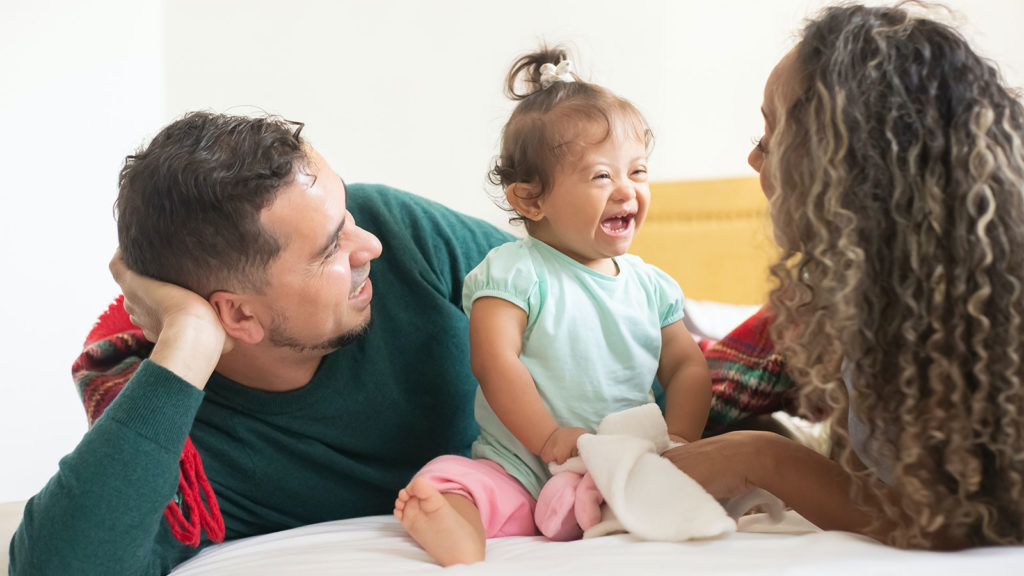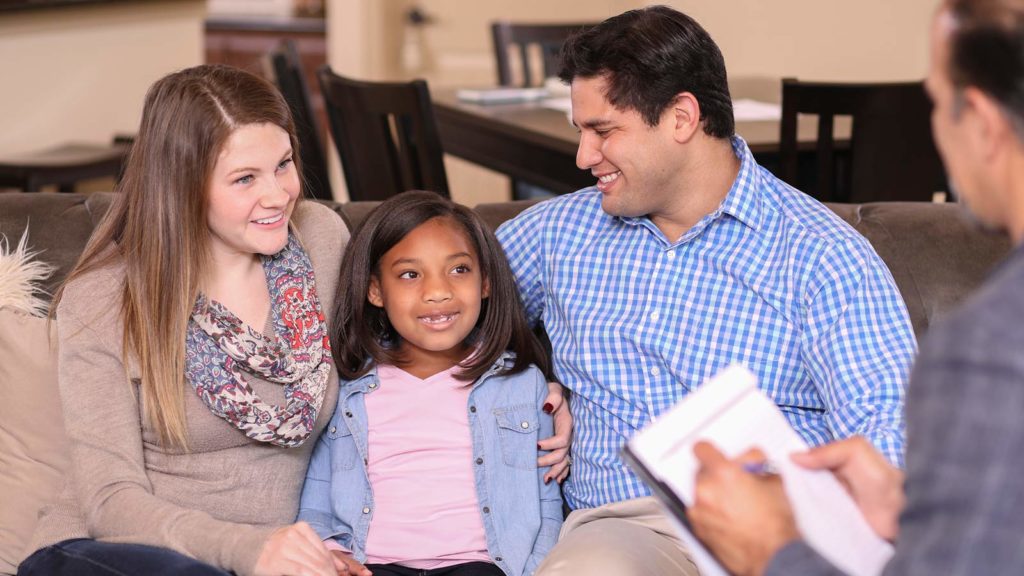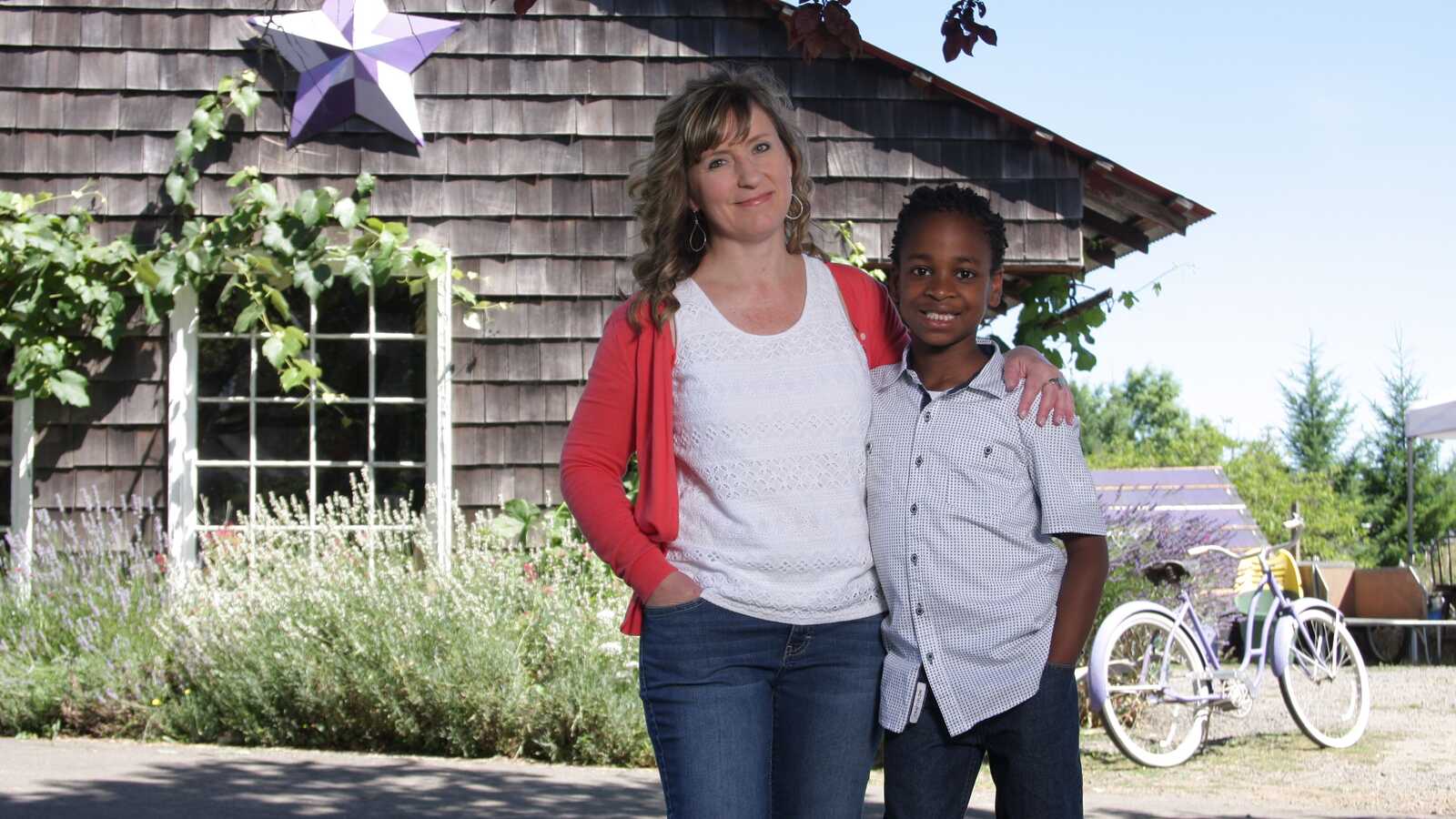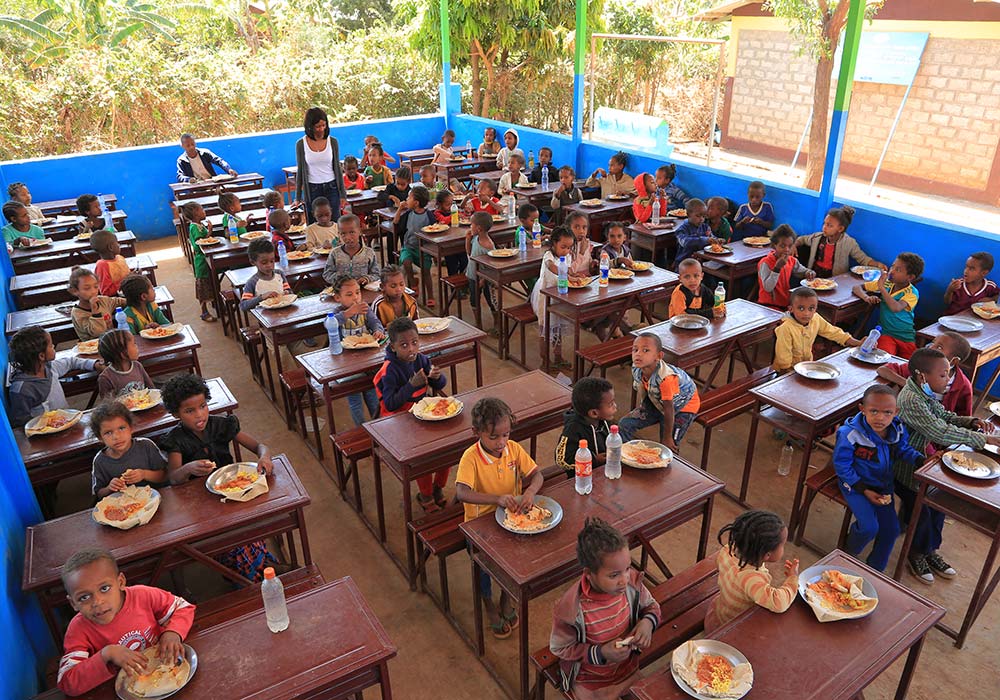From 6 to 13 years old, children continue to develop and grow. While physically they will continue to grow, their social, emotional and cognitive skills tend to develop much more during this time.
Children in this age group are more open to expressing themselves, creating strong friendships, exploring their own interests and developing independence. Because all areas of child development are connected and influenced by one another, it is important to have a holistic view. When working to support children 6 years to 13 years old, including children who have been adopted, it is critical to consider all areas of development.
Here are the 7 key areas of school-age child development:
- Adaptive skills. Adaptive skills are a child’s daily routine functions, such as eating, sleeping and cleaning. When an older child serves themselves at meals, requests foods to eat, puts dirty dishes into a sink or dishwasher, and cleans up spills and messes, they are showing adaptive skills.
- Communication skills. Between 6 years and 13 years of age, communication skills are observed when a child begins to use more complex sentences and statements, understands jokes and comprehends more words than they can speak. During this time, communication and verbal skills will continue to develop rapidly.
- Fine and gross motor skills. Fine and gross motor skills include the physical movement of a child. For a child between 6 and 13, fine motor skills look like feeding themselves with utensils or using cutlery to cut or chop food. Gross motor skills look like riding a bicycle, playing a new sport or doing more complex chores around the house.

Check out additional parenting resources!
View our expanded list of recommended parenting websites, books and other resources organized by topic.
- Cognitive skills. Cognitive skills exemplify a child’s brain working on reasoning and awareness of themselves and the world around them. When an older child can successfully dress themselves and navigate the structure and rules at school, they are demonstrating cognitive skills.
- Social-emotional skills. Social-emotional skills are learned through interaction and relationships. In children between 6 years and 13 years old, this can look like socializing more with family, developing friendships with other children at school and going on playdates or sleepovers with children they consider close friends.
- Vision skills. A child can show their vision skills by copying art, creating more detailed drawings, identifying patterns or trends, and independently identifying and creating items they need for an art project.
- Hearing skills. A child can show their hearing skills by distinguishing differences in speech sounds, using more complex words or sentence structures and understanding verbal cues more clearly. During this time period, a child might still need support in proper conversational etiquette, such as when to say thank-you or sorry or not interrupt others.
Holistic View of Child Development
To look at something holistically means to not only see the individual parts but how they work together. Skills that children acquire must be viewed holistically. All areas of development are connected and influenced by one another. By understanding these basic milestones of development and how they work together, caregivers can more easily identify when development is going well and when there may be a problem.

Receive Post Adoption Coaching & Education
All parents encounter challenges as their children grow up. And sometimes, issues may arise that leave you uncertain as to how best to respond. But not every issue requires therapy or counseling. The PACE program is here to help during those times.


